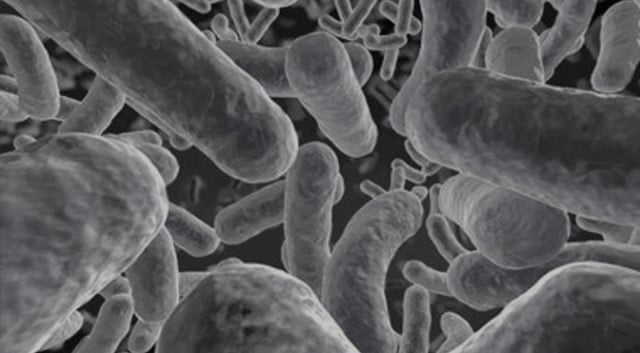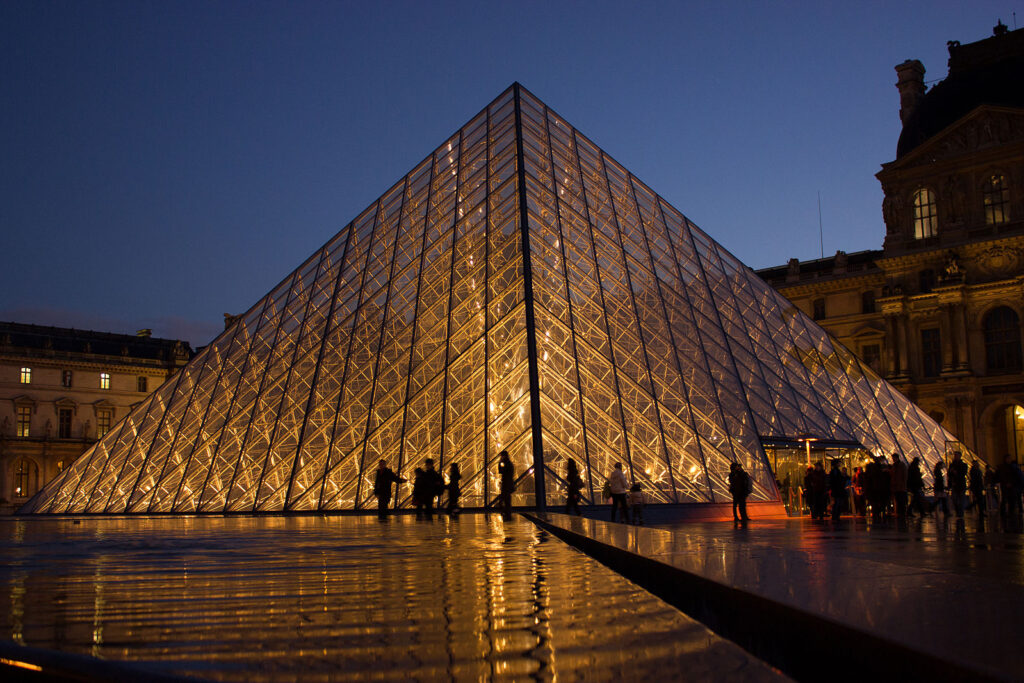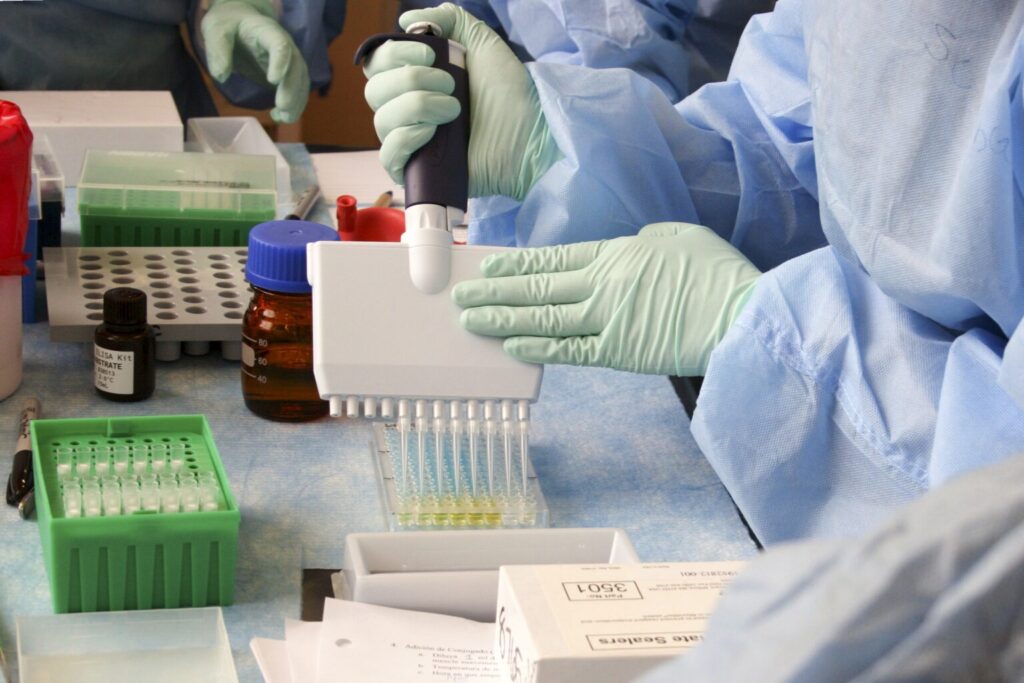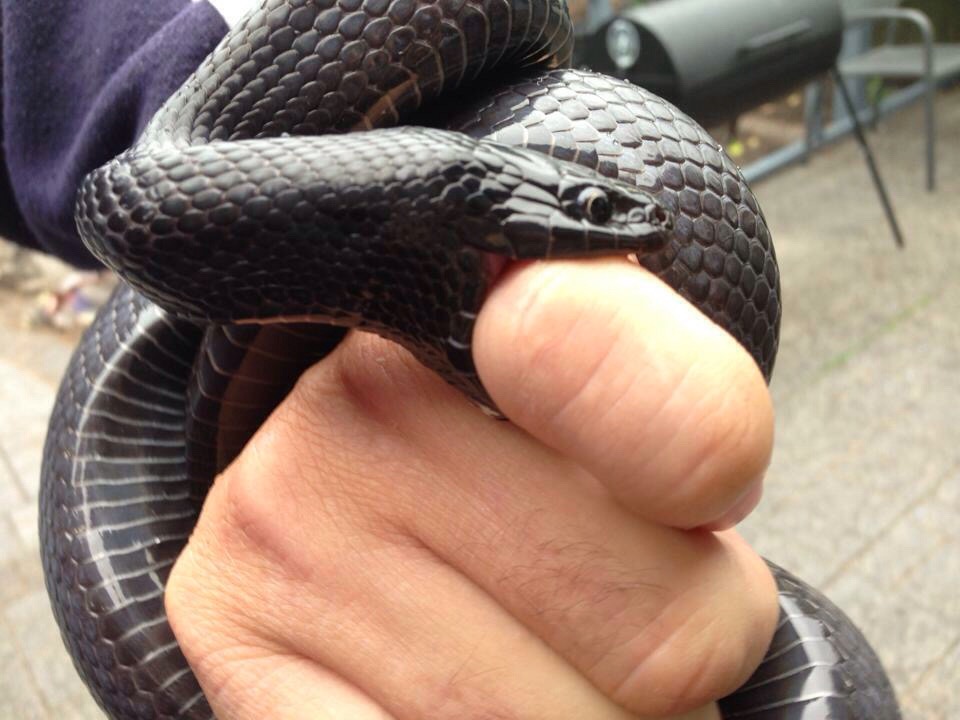Now Reading: Types of Firearms and Firearm Injuries
-
01
Types of Firearms and Firearm Injuries
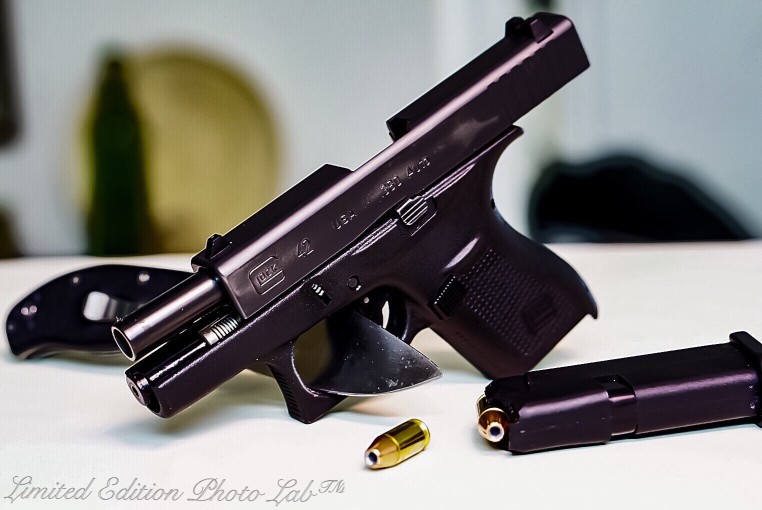
Types of Firearms and Firearm Injuries
FIREARMS
According to Section 2(1)(e) of Arms Act, 1959 “firearms” means arms of any description designed or adapted to discharge a projectile or projectiles of any kind by the action of explosive or other forms of energy, and includes,
- artillery, hand-grenades, riot-pistols or weapons of any kind designed or adapted for the discharge of any noxious liquid, gas, or other such things,
- accessories for any such firearm designed or adapted to diminish the noise or flash caused by the firing thereof,
- parts of, and machinery for manufacturing, firearms, and
- carriages, platforms, and appliances for mounting, transporting and serving artillery;
TYPES OF FIREARMS
1. Handguns:
There are three major types of handguns and they are single-shot pistol, revolving pistol, and self-loading pistol. All handguns are pistols and they are semi-automatic.
Single-shot pistol
These are used mainly for target use. The barrel is hinged to the frame to hold it in place while firing. The barrel swings down when unlocked, enabling the empty cartridge case to be withdrawn and a new one to be added. There are some forms in which the barrel is tightly attached to the frame and a kind of breech block that either swings forward, pulls back, or slides down to reveal the loading/unloading breech end of the barrel.
Revolving pistol
With each round having its own chamber, the supply of ammunition is kept in a cylinder at the rear of the barrel. Using a ratchet mechanism, cocking the hammer rotates the cylinder to line the barrel with a new round of ammunition. The trigger is pulled and the hammer drops just so the round rings. It was seen in the earliest types of revolving pistols. Double action is the other type of revolving gun mechanism. A prolonged continuous pull on the trigger cocks the hammer in this style, revolves the cylinder, then lowers the hammer all in one action. This kind of mechanism was used by the earliest forms of the revolving gun. Double action is considered the other type of rotating gun mechanism. In this design, a long continuous pull on the hammer cocks the trigger, rotates the cylinder, and in one action lowers the hammer everything. Many modern rotating handguns use this type of mechanism, with nearly all of them even possessing the ability to operate in a single-action mode. There have still been relatively few self-cocking rotating handguns produced in the past.
Self-loading pistol
The ammunition is stored in a reversible spring in this type of pistol-loaded magazine housed inside the grip frame. A slide with the integral breech block is enclosed by a barrel of the pistol, which is retained in the battery when the face of the breech block is close to the breech end of the barrel in a position ready for firing with a solid spring at the rear of the barrel. Pulling the slide back allows the magazine’s topmost round of ammunition to expose itself to the barrel’s rear. When the trigger is released, the hammer drops, and the round is released, with the expanding gases driving the bullet down the barrel which is, in turn, moved from the magazine into the chamber of the barrel by the breech block as the slide is allowed to pass forward under spring pressure. The trigger mechanism is also cocked by the action.
The hammer lowers and the round is fired on pulling the trigger, the bullet is pushed by the expanding gases down the barrel. Understanding the intricate mechanisms of self-loading pistols is crucial for any firearm enthusiast, and equipping yourself with this knowledge is the first step—followed by consulting an expert guide on choosing the perfect handgun to make an informed decision tailored to your needs. This ejects the spent cartridge case through the side, or sometimes the top, of the slide through a port. As it is self-loading before another bullet can be fired the pressure on the trigger needs to be withdrawn and then re-applied.
2. Rifle:
Single action
The barrel may be hung to the frame in single – shotguns, enabling the barrel to be lowered down for loading and unloading, or may have some sort of breech block that either swings forward pulls back, or slides down to reveal the barrel’s breech end.
Bolt action
A spinning bolt slides in an expansion of bolt-action guns to the barrel is the same as a door bolt system. With the broken end of the barrel, moving the bolt forward takes the bolt face towards the battery and cocks the firing pin. Pushing the bolt forward takes the bolt face with the breech to the battery at the top of the barrel, and the firing pin cocks up. Rotating the lock, and turning it around, and locks it in place with bolt lugs that engage in the barrel extension with slots. Other bolt – action guns cock the striker at the bolt opening. Bolt action guns are usually fed to the magazine, either under the barrel through a tubular magazine, through the buttstock, or under the bolt by a box magazine.
Self-loading rifles
Self-loading rifles, except for the smallest, are control arms, of the form of the locked – breech. These are typically somewhat similar to those found in locked-breech pistols, but with much better construction to deal with the higher pressures involved.
Pump action
The breech block is connected, through operating rods, to a moveable fore-end in pump-action guns. The device securing the breech block to the barrel is removed by drawing back the fore-end. The empty cartridge case is ejected by pulling the front end to the rearmost extent of its movement, then pressing it forward a new round is inserted into the chamber and the action is cocked.
3. Shotguns:
In essence, shotgun actions are the same as those used in rifles, with single/double-shot arms with barrels hinged to the loading/unloading frame, bolt action, self-loading, and pump action. Barrels may be either placed, over and under or superimposed or side by side, one on top of the other. Combinations of shotgun/rifles are common in Europe and may consist of one rifle barrel and one shotgun barrel, two shotgun barrels, and one rifle. A muzzle or two barrels of a rifle and one barrel of a shotgun.
4. Air or gas-operated firearm:
It is commonly referred to as air arms because compressed air is most frequently used to drive a projectile, as generally thought, these firearms are by no means harmless.
5. Country made firearm:
These are raw, smooth bore weapons, but they can be lethal. The ammunition is normally loaded from the barrel’s muzzle end.
INJURY
According to Section 44 of the Indian Penal Code, the word “injury” denotes any harm, whatever illegally caused to any person, in body, mind, reputation, or property.
WOUND
An injury to the body that normally includes laceration or breakage of a membrane such as the skin and generally damage to the underlying tissues through abuse, accident, or surgery.
FIREARM INJURIES
Firearm injuries or wounds are examined by medical doctors, but they must be reviewed regularly by a firearm specialist. In reconstructing a shooting event, the proper determination of firearms injuries is critical. From the recognition of the issue of weapons and ammo to the reconstruction of the chain of events to validate a given theory, the burden of firearm expert testimony is gradually changing.
WOUND BALLISTICS
Wound ballistics is concerned with the phenomenon of wounding. It studies how a bullet generates the wound by its motions on and after entering the body, its path inside, and the escape from the body, causing the loss of tissues. It depresses and compresses the muscle, tissue, and bone as a bullet hits the human body. Beyond the elastic limits, the continued pressure expands them and a void is formed. After the hole is formed and the bullet has penetrated the interior, the stretched skin regains its natural state. Therefore, the depth of the opening on the skin is much smaller on the non-stretched skin than the size of the bullet that produced the wound when it was stretched.
TYPES OF FIREARM INJURIES
RIFLED FIREARM INJURY
Entry Wound:
The distance between the muzzle end of the first arm and the target is called range. These are:
1. Contact range wounds
In contact range wounds, the muzzle is placed against the surface of the weapon. At the time of release, the body. Action wounds, showing a shift of angle can be rough, loose, angled, or incomplete.
- Hard contact wound
- Loose Contact Wounds
- Angled Contact wounds
- Incomplete Contact Wounds
2. Close Shot Wounds
Within the blaze and powder blast set, the firearm was shot but was not in close contact with skin or clothes. In the case of a revolver or gun, the flame moves nearly 75 cm, and in the case of a rifle, 15 cm. As a circular void surrounded by scorching, singeing, blackening, and tattooing, the wound emerges. Often present are the abrasion collar and grease collar.
3. Near Discharge Wounds
This wound lacks a muzzle mark and shows smoke soiling. A large central defect with stippling or tattooing is observed. In a grey zone between contact and intermediate, near contact wounds lie. There is an inconsistency in the presence of close and loose-contact wounds that makes it hard to separate the two. The muzzle of the pistol is not in touch with the skin of near-contact wounds, being kept a small distance apart.
4. Intermediate-Range Wounds
A bullet wound in the middle range is one in which the muzzle of the weapon is held. At the moment of discharge, the firearm is kept away from the body but close in order to create powder tattooing of the skin by powder grains ejected from the muzzle along with the bullet. The sine qua non in middle range bullet wounds are these marks. The rim of the wound forms a rat-hole and is irregular in form. The diminishing of the smoke soiling is observed but tattooing exists and burning is observed. Stippling is due to the release of unburned powder grains from the weapon that creates pinpoint abrasions on the skin.
5. Long Range or Distant Range Wounds
The satellite pellet holes are observed around the central wound which diminishes in size as the range increases. This wound causes tissue displacement and there is no smoke soiling, burning or powder tattooing observed and it is rarely fatal. Any distance beyond that created by stippling. They occur on the surrounding skin as circular wounds with sharp margins and an abrasion band.
The edge of the entry wound may be abraded in the shape of a collar, called an abrasion collar or areola, during the bullet’s attempt to perforate the skin when penetrating, because of the spin. In certain cases, instead of abrasion, there is a contusion, in which case it is called the contusion collar more accurately. When entering, the spin of the bullet induces wiping of the surface on the scalp. This is called the grease collar.
Tattooing or peppering:
It is from the grains of gunpowder, each grain behaving like a minute projectile, being pushed into the flesh. Tattooing is seen as small distinct, black specks on the skin that cannot be cleaned off. Based on the caliber of the firearm, the type of powder used, and the range, the degree of tattooing will vary. If the shooting through clothing has taken place, the same could be missing.
Blackening or Smudging:
A superficial accumulation of smoke on the skin results in blackening or smudging. In other words, it is just the accumulation of carbon compounds over the skin which can thus be cleaned off quickly with a wet sponge. Based on the caliber of the firearm, the type of powder used, and the range, the severity of the smudging would vary. Thus, the larger the weapon’s caliber, the broader the blackening range, and vice versa. If fire via clothing has happened, smudging can also be absent on the skin. The presence of blackening may not be readily noticeable to the naked eye, especially if a smokeless powder is used. In such situations, it will help to imagine infrared or ultraviolet imaging. The explosion of gunpowder also produces carbon monoxide which supplies the surrounding tissues with a cherry red hue.
Exit Wound:
The size, form, and structure will differ considerably. They are typically greater than the equivalent entrance wound. Scorching, tattooing, and blackening was absent. Sometimes abrasion and grease collars are absent. The edges are invariably everted and if the skin at the exit wound tends to be a circular or nearly circular transparent defect, surrounded by a margin of abrasion (usually wider than entry wound) resembling a wound of entrance, then it is considered an assisted exit wound. This phenomenon is triggered by long-range bullet fires, by clothing, or when a small-caliber weapon is discharged into contact with the skin at a point when the bone is not directly below the surface of the skin. This is the direction traversed between the entrance and exit wounds by a bullet within the body of a survivor of a gunshot injury. The track can be devious instead of straight in the case of low-velocity arms.
SMOOTH BORE FIREARM INJURY
In deciding the characteristics of shotgun injuries, the range, barrel width, degree of choke and duration, and the number of pellets in the shell play a part. If the target and victim are close enough the explosive impact and the burns caused by the muzzle flame will inflict further damage to the damage caused by the projectile. Additional damage may occur from the victim’s wadding, a characteristic not found with other forms of injury to the weapon.
Depending on the angle between the muzzle and skin, impact and close-range cutaneous shotgun penetration wounds are circular or elliptical. There are smoke and powder debris of scorching, the entry wound surrounding, and marginal abrasion close to a single-bullet entrance. Stellate lacerations due to the muzzle blast are occasionally seen as gases expand under the skin and lacerate the edges of the wound as they pass from the initial entry. Extreme mutilation is usually caused by impact shotgun wounds to the scalp.
The shotgun charge enters the body as a single conglomerate mass for close-range shots of up to 120 to 150 mm, creating a round defect much greater in diameter than the bore of the barrel. Wound edges display abrasion as well as scalloped defects in certain instances. The linear abrasions that are occasionally found in the immediate vicinity of these wounds are due to the effect of fabric during the passage of the shot against the stretched tissue.
Beyond this range, as the muzzle-to-target gap increases, the main central defect increasingly becomes narrower and as the pellets continue to fan out, individual pellet wounds become more frequent. However, the minimum distance at which this happens ranges greatly, with sawn-off shotguns varying from 90 to 120 mm, cylinder-bore guns from 180 mm, and full-choke guns from up to 540 mm. Usually, wadding and rubber casing join the wound as the gap between the muzzle and the victim is less than 150 to 180 mm. As a rough approximation, it is widely agreed that the pellets would scatter 2.5 to 3.0 cm for every meter. Therefore, if the wound depth, which is the maximum distance between the most distant pellet wounds on the skin, is 30 cm, the shooting distance will be roughly 10 meters.
REFERENCES
- B R Sharma. (2013). Forensic Science in Criminal Investigation and Trials (Fourth edition ed.). Universal Law Publishing.
- Di Maio, V. J.M. (1999). gunshot wounds, practical aspect of firearms, ballistics and forensic techniques (second ed.). CRC Press.
- Heard, B. J. (2008). Handbook of Firearms and Ballistics, Examining and Interpreting Forensic Evidence (second ed.). Wiley black-well, A John Wiley & Sons, Ltd., Publication.


